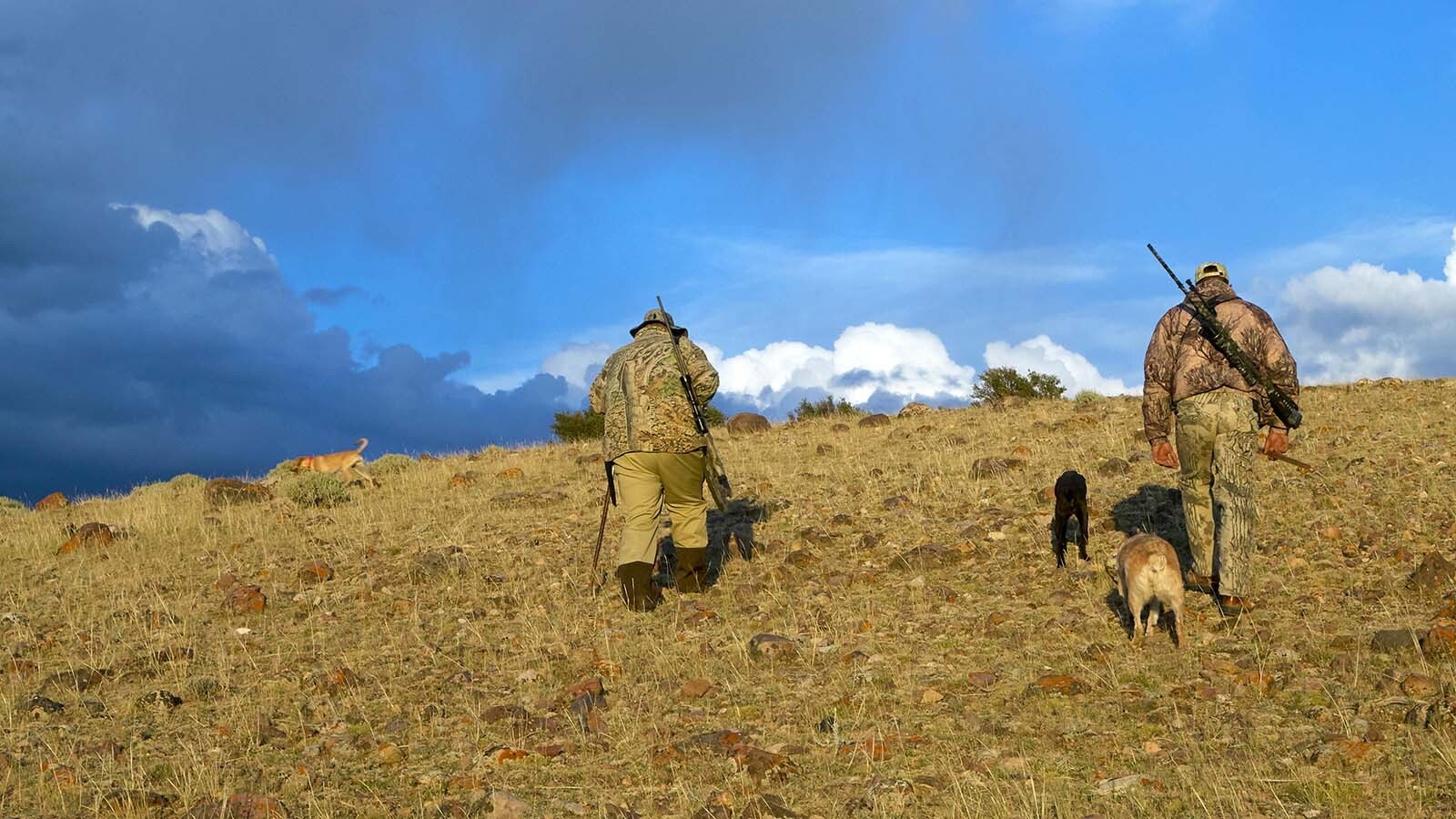The U.S. Forest Service has resorted to gunning down cows from the air to clear them out of a New Mexico wilderness area, a drastic-seeming solution to a problem that’s not likely to be repeated in Wyoming.
“It’s a bad practice,” Dennis Sun, publisher of the Wyoming Livestock Roundup, told Cowboy State Daily on Friday. “Nobody wants to see cattle get shot like that, or any animals get shot like that.”
Even so, such extreme measures are unlikely to be taken in Wyoming, said Sun, who is also an agriculture columnist for Cowboy State Daily.
“Anything is possible” and there sometimes are stray cattle loose in Wyoming, but the situation in New Mexico was extreme, Sun said.
Most recently, 65 cattle were shot from the air in the Gila Wilderness area over the course of two days this month, according to the Forest Service. The shooters were agents with the Department of Agriculture’s Animal and Plant Health Inspection Service (APHIS). Some APHIS agents specialize in killing predators and nuisance animals.
The Forest Service also is under the umbrella of the U.S. Department of Agriculture.
Some Of The Oldest Wilderness
The Forest Service has drawn wide criticism for sending aerial gun crews to kill stray cattle in the Gila Wilderness Area of the Gila National Forest in New Mexico.
The Gila Wilderness was established in 1924, making it one of the oldest official wilderness areas in the United States. Wilderness areas are zones in national forests set aside for preservation.
Generally, riding ATVs, cutting timber with chainsaws and other such activities aren’t allowed in wilderness areas, which are designated for an authentic wildland experience.
Death From Above, Left To Rot
Forest Service claims that the cattle – which either strayed away from their herds or were left behind by ranchers – have essentially become an invasive feral species in the Gila Wilderness.
The cattle have been running wild and damaging habitat, particularly in delicate riparian areas, according to the agency.
Riparian zones are the greenery adjacent to small stream and creeks and are considered vital to wildlife and the overall health of ecosystems. The Forest Service claims the feral cattle have, among other things, been trampling riparian zones in the wilderness.
There have been “unauthorized cattle” running loose in the Gila Wilderness since the 1970s, according to the Forest Service. Since then, 755 cattle have been killed or removed from the area.
That makes the latest round of shootings are part of an ongoing effort to manage feral cattle, the agency claims.
Cattle killed from the air are left to rot, but agents try to shoot them away from any water sources, hiking trails or other sensitive areas, the Forest Service says.
‘Strays, Not Feral’
The cows in the Gila Wilderness are “stray” cattle, not feral, Bronson Corn, president-elect of the New Mexico Cattle Growers Association, recently told the Western Ag Network.
It’s unfair and wasteful for government agents to simply be gunning them down, he said.
Sun agrees.
“It seems a little, maybe not barbaric, but it’s just not a good practice,” he said. “Especially not for the government.”
A better plan would be to allow expert wranglers to go into the wilderness and recover whatever cattle they could, Sun said.
An incentive could be “any cow you can catch, you can keep,” he said.
Corn told the Ag Network that his group also has proposed sending wranglers in, but the Forest Service has so far declined to adequately fund such an effort.
Cowboy State Daily questions regarding the wrangling option sent to Forest Service officials weren’t answered by Friday afternoon.
Not So Much A Problem In Wyoming
Corn said he’s worried that’s what’s happening in the Gila Wilderness could set a precedent for the government shooting stray cattle across the West.
Even so, Sun said he’s not too concerned about it happening in Wyoming.
It’s not unheard of for Wyoming cattle to sometimes wander off or inadvertently be left behind on high-country summer grazing range during fall roundups, he said.
Some of those cows have even been hardy and lucky enough to survive the winter and been rediscovered by ranchers the following spring, he said. However, it’s unlikely that stray Wyoming cattle will build up the of numbers that might make the government consider shooting them from the air.
As for New Mexico’s quandary, he said that as long as cattle have enough places to hide and the opportunity to breed in the Gila Wilderness, it’s doubtful the Forest Service will ever be rid of them.
“You’d have to make sure you got them all out,” he said. “Or at least all of the bulls and bull calves.”





